Latest

A new type of dark matter could explain mysterious radiation from the Milky Way’s core
Dark matter could be composed of much lighter particles, with masses roughly ten times smaller than that of a proton.

Molecules found in wood could make pesticides more efficient
Scientists in Finland have developed a method that can achieve a tenfold increase in pesticide retention on farmed crops.

Does regular blood donation have long-term benefits?
Regular blood donation may reduce preleukemic changes in blood cells, promoting health benefits and helping blood cells respond to stress over time.

Exploring quantum gravity with pendulums
If experimentally proven that gravity is classical, we will have to start from the beginning in a search for a satisfactory ontological picture of the world.
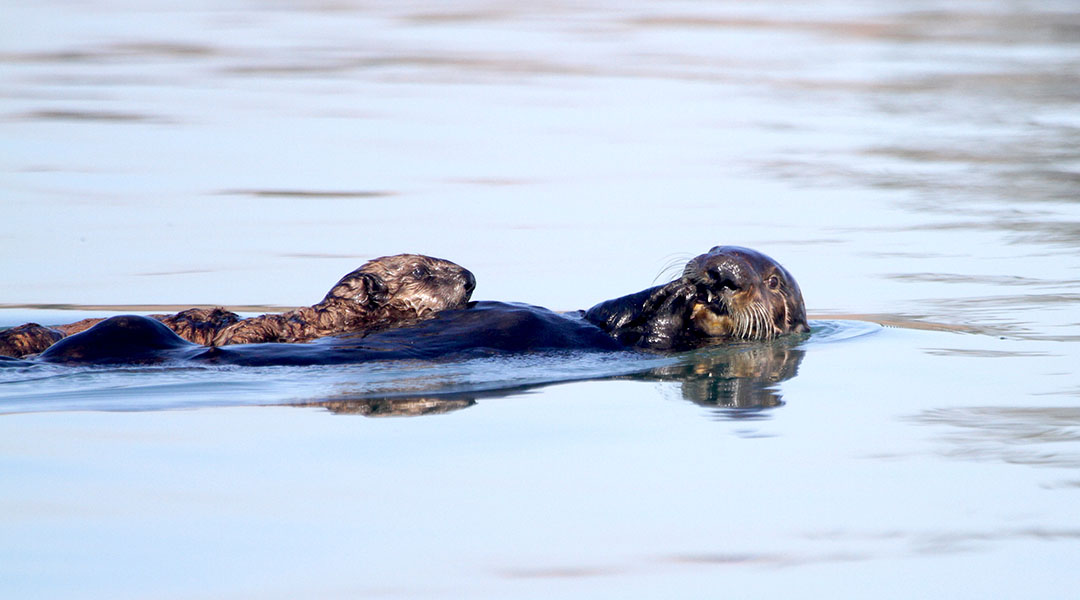
The hidden cost of human disturbance on California’s sea otters
A comprehensive study by Sea Otter Savvy reveals the significant energy costs of human disturbance on sea otters, highlighting the need for better conservation practices to protect these vulnerable marine mammals.
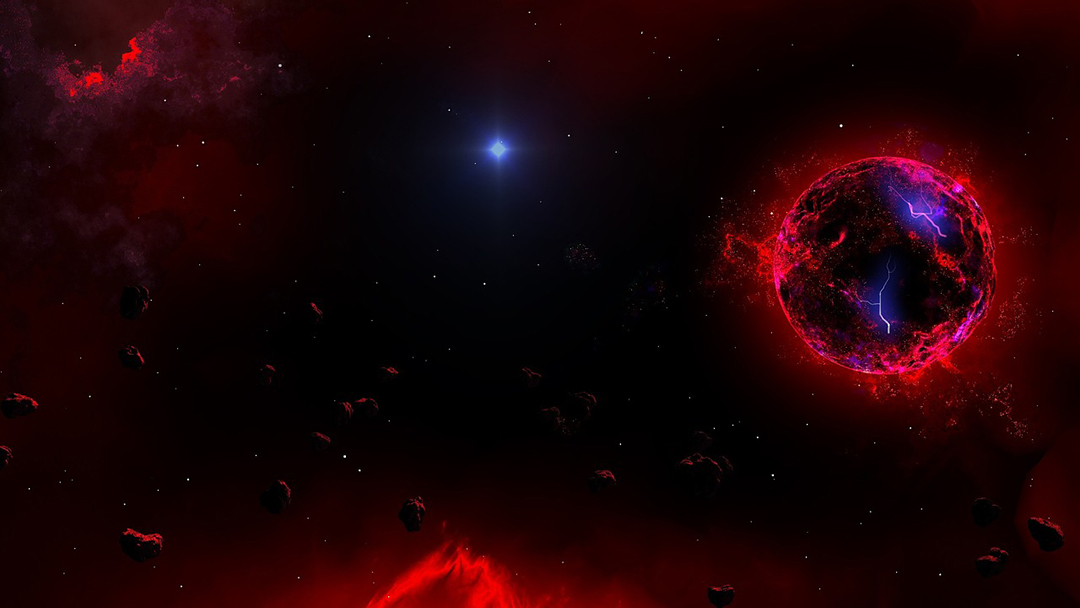
Neutron stars could be the gateway to dark matter
Could neutron stars hold the key to observing dark matter? Researchers believe studying them might one day reveal this elusive substance.
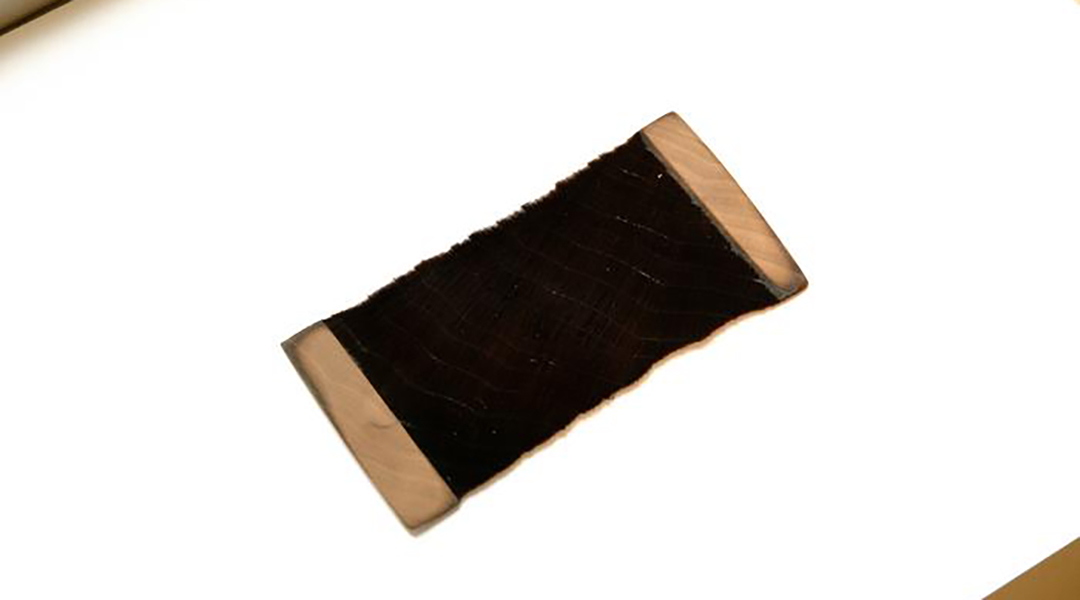
Super-black material created from etched wood
This material absorbs more than 99% of the light that strikes it, making it useful in applications ranging from solar energy to astronomy.

Finding the neural pathways behind the placebo effect
Understanding the placebo effect could lead to pain management therapies that are more effective than opioids without causing addiction.
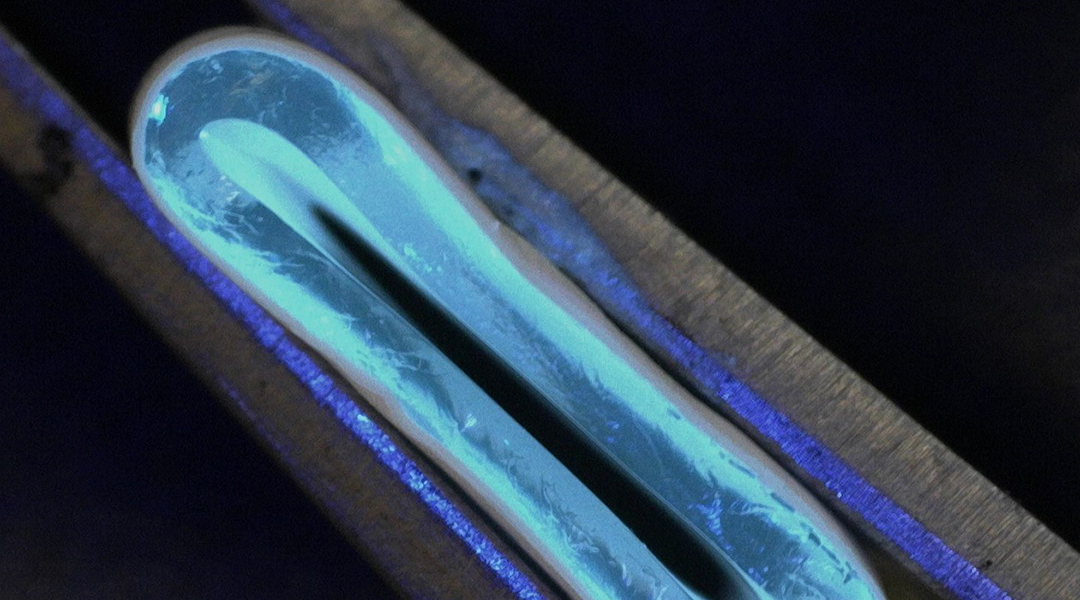
A safer, more flexible graft gets to the heart of coronary artery bypass
Using a hydrogel coated with electrospun nanofiber, a new artery graft offers safer coronary artery bypass interventions.

Biodegradable plastics remain a hidden source of harmful microplastics
There is an urgent need to replace fossil-derived plastics with biodegradable alternatives but do they solve microplastics’ health issues?
ASN Weekly
Sign up for our weekly newsletter and receive the latest science news directly to your inbox.
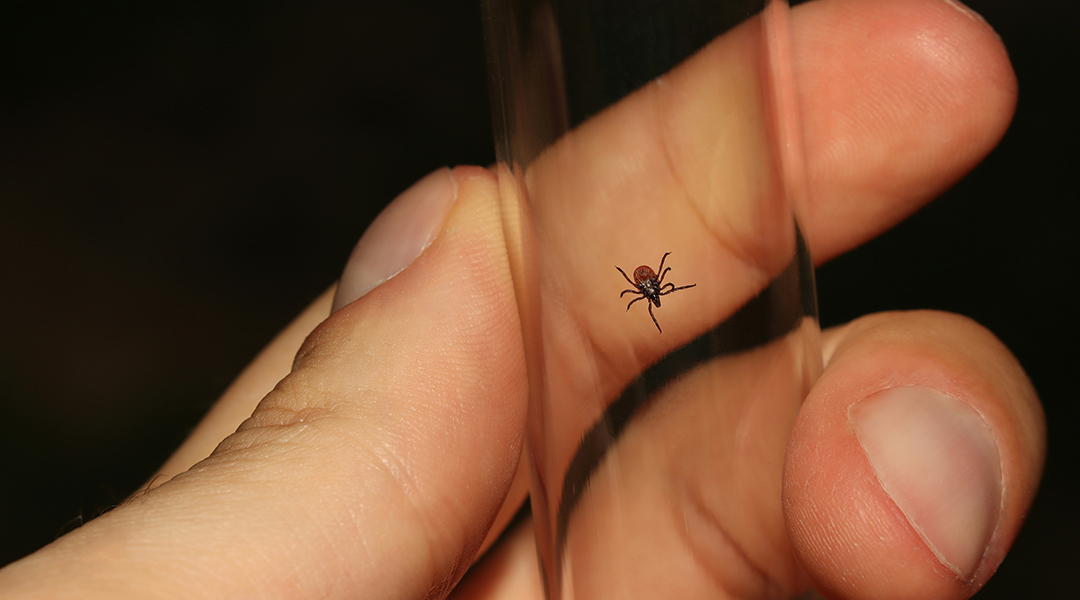
Red meat allergy on the rise, thanks to tick bites
An allergy to red meat known as alpha-gal syndrome is brought on by tick bites and is becoming a global issue.
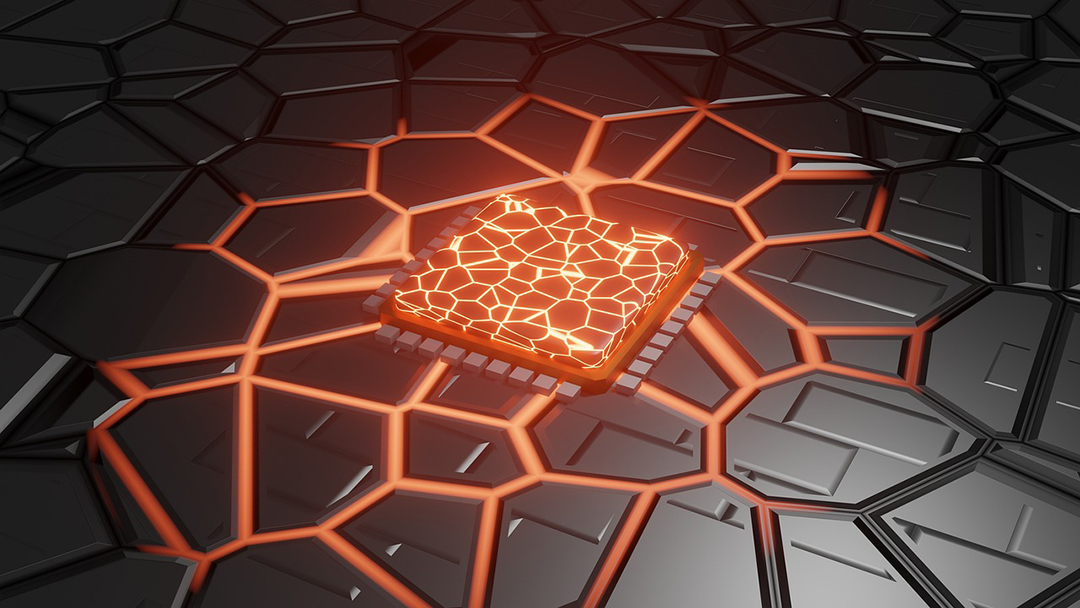
Diamond helps build efficient 3D computer chips
Tackling heat transfer, diamond layers help build 3D circuits with lower power consumption, faster signaling, and increased performance.
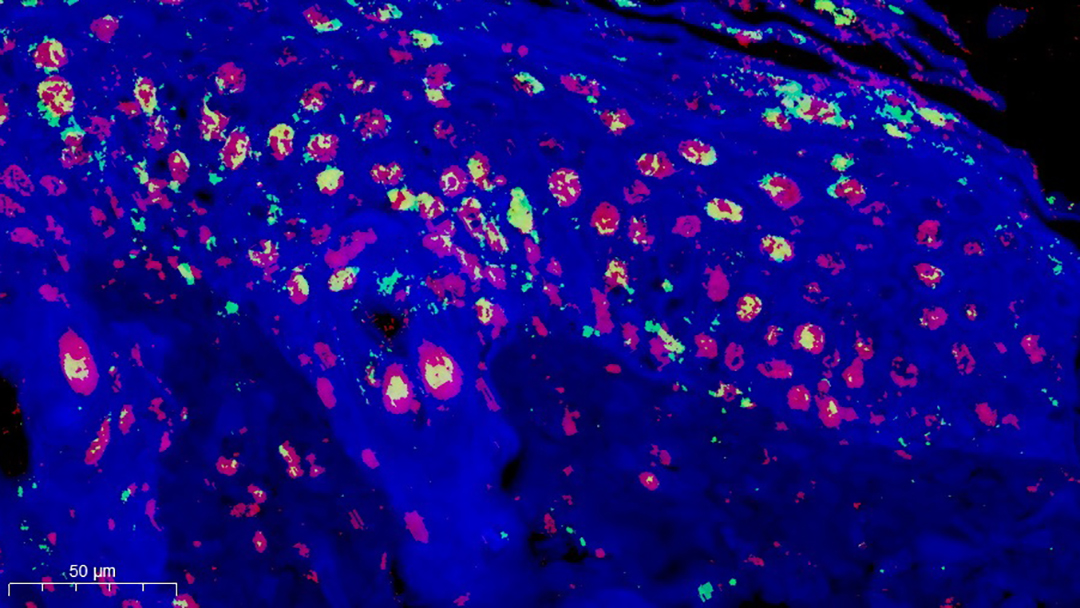
Zwitterions speed up healing in diabetic wounds
Zwitterionic hydrogels boost healing in diabetic wounds by balancing the immune response, reducing inflammation, and promoting tissue growth.
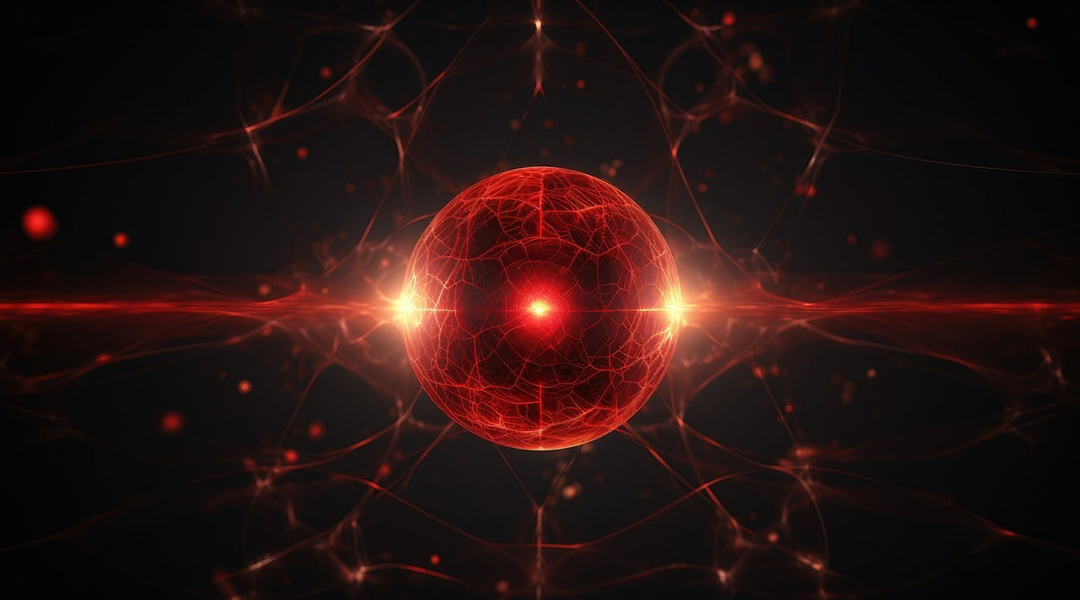
The next big thing in tech could come from these tiny light absorbers
When the light absorbers are made very small, almost all the device performance metrics improve—but doing this is easier said than done.
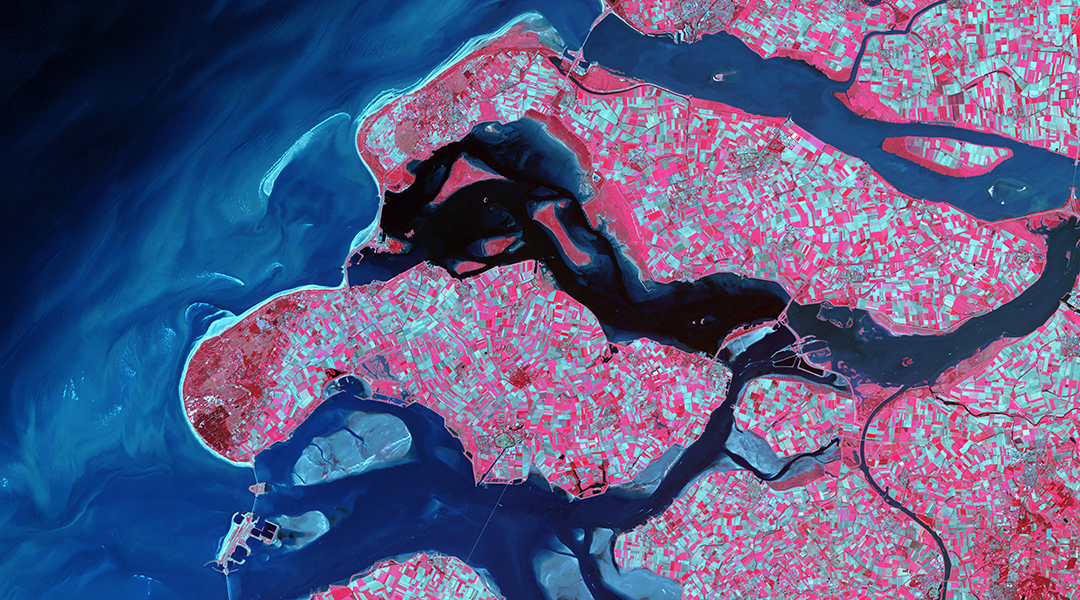
Improving satellite tracking will reveal hidden sources of global carbon emissions
Greenhouse gas emissions are warming up the planet and scientists are turning their eyes to the sky to better track them down.

Women with a genetic risk of depression are more likely to suffer from heart disease
Data from over 300,000 participants has revealed a potential genetic link between depression and cardiovascular disease in women.
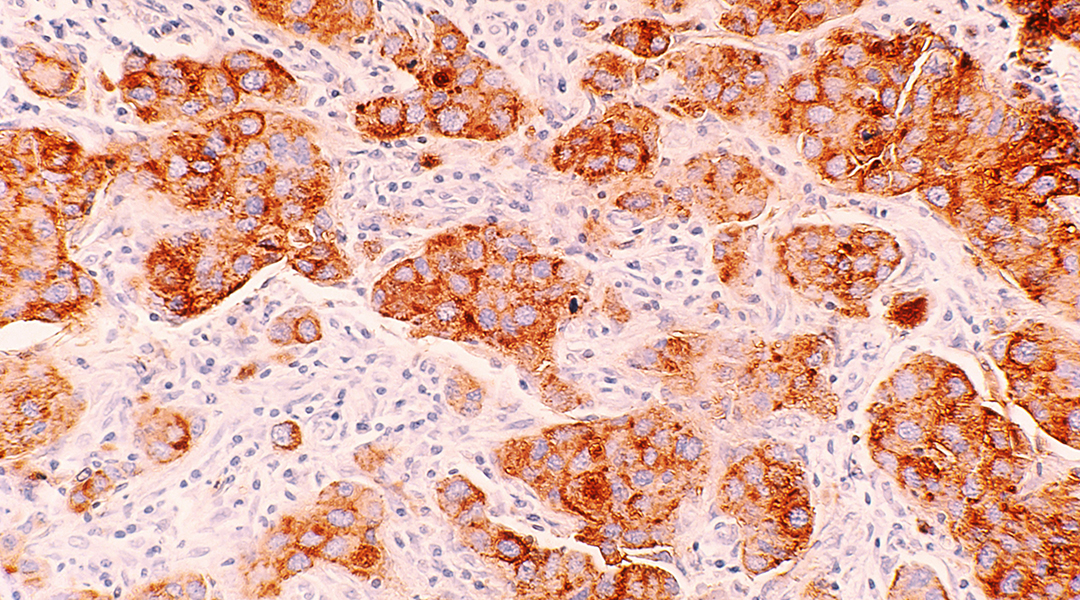
Blood pressure drug shown to treat triple-negative breast cancer in mice
A new study reveals that lacidipine, a common antihypertensive medication, slows tumor growth in triple-negative breast cancer.
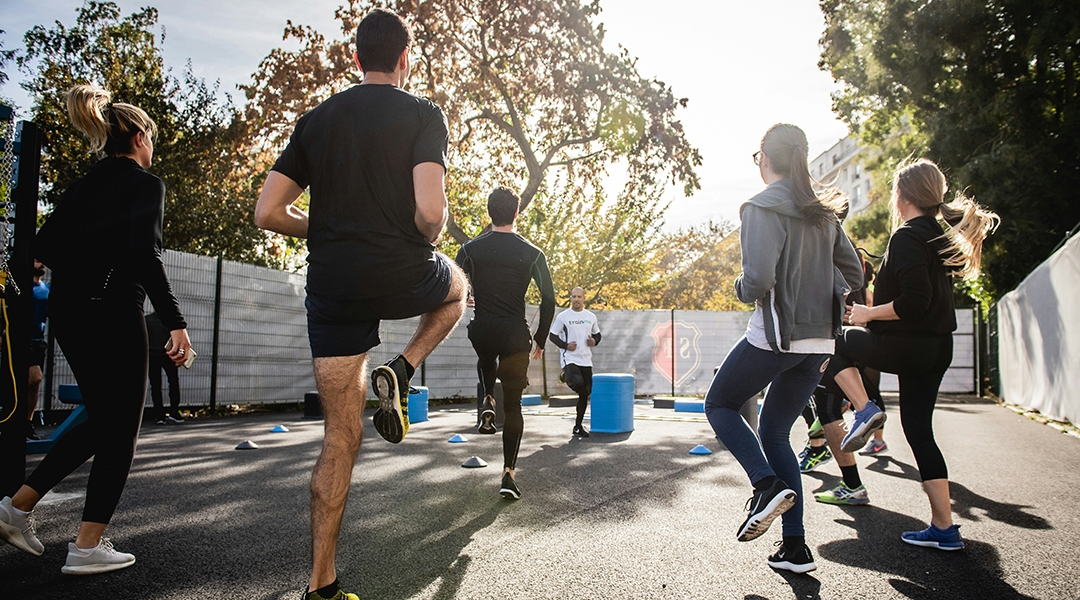
Why exercising early in life is key to keeping muscles strong as we age
Study shows that starting exercise early helps condition cells to preserve motor neurons before age-related loss.
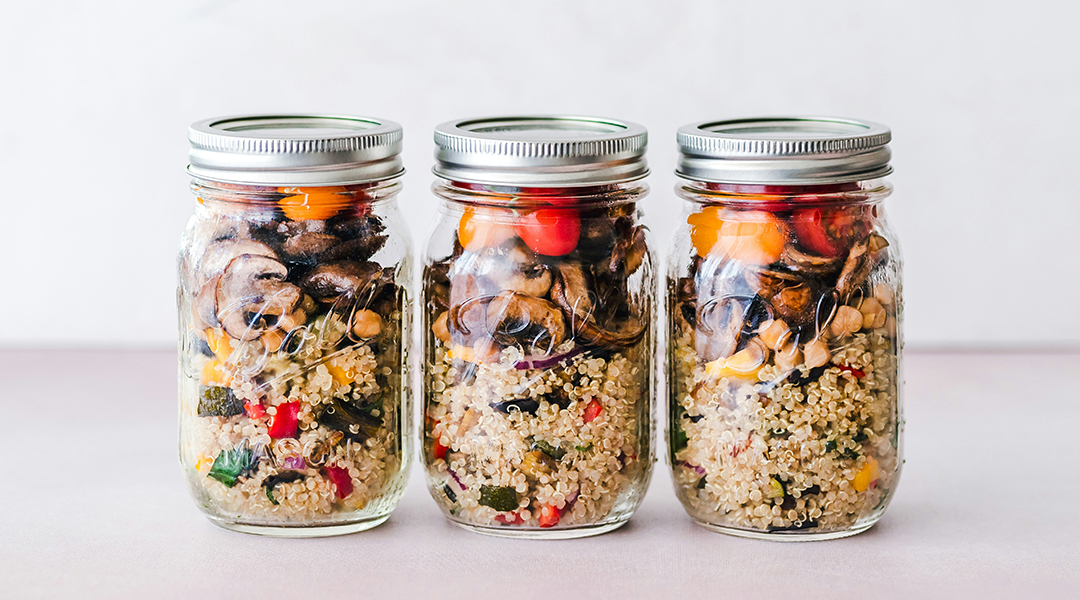
A bionic sensor “sniffs” out food freshness to cut down on waste
This visual sensor connects to your fridge and syncs with your smartphone, providing real-time updates to help reduce food waste.
Women with a genetic risk of depression are more likely to suffer from heart disease
Data from over 300,000 participants has revealed a potential genetic link between depression and cardiovascular disease in women.
Blood pressure drug shown to treat triple-negative breast cancer in mice
A new study reveals that lacidipine, a common antihypertensive medication, slows tumor growth in triple-negative breast cancer.
Why exercising early in life is key to keeping muscles strong as we age
Study shows that starting exercise early helps condition cells to preserve motor neurons before age-related loss.
A bionic sensor “sniffs” out food freshness to cut down on waste
This visual sensor connects to your fridge and syncs with your smartphone, providing real-time updates to help reduce food waste.
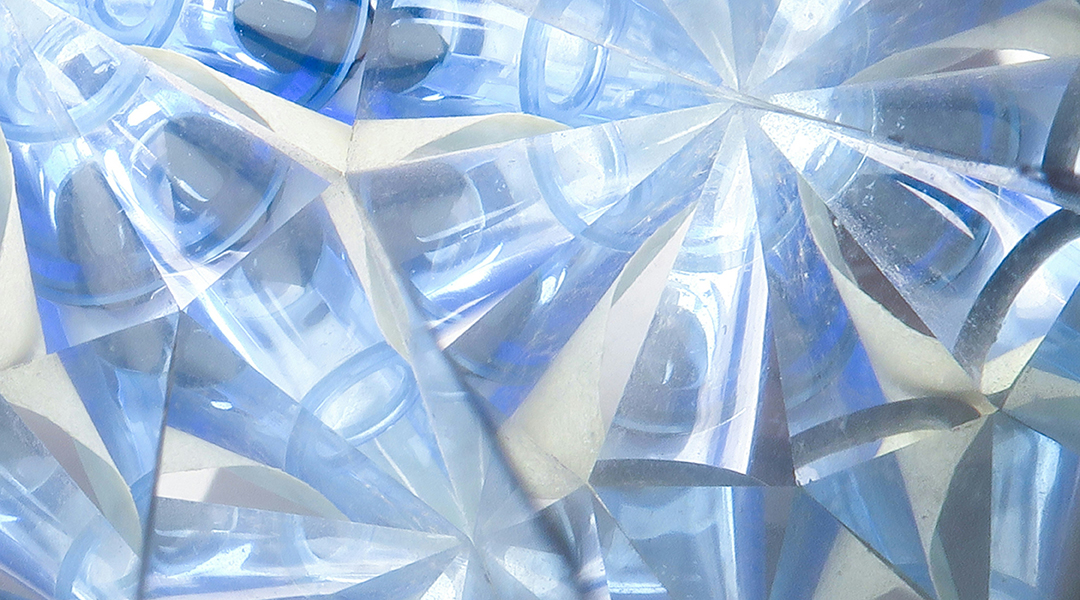
Quantum entanglement allows scientists to track time more accurately
Scientists have built atomic clocks with unprecedented levels of precision by harnessing quantum entanglement.

Black hole jet lights up dead stars like a cosmic blowtorch
Using the Hubble Space Telescope, astronomers discovered the jet from a black hole, triggering nova explosions along its path.

Could dark matter particles be colliding?
New research on dwarf galaxies challenges the idea that dark matter is collisionless, suggesting it may interact in unexpected ways

Glimmers in the cosmic dawn: New observations challenge theory of supermassive black hole formation
Hubble’s deep near-infrared campaign reveals more supermassive black holes in the early universe than previously expected.
Quantum entanglement allows scientists to track time more accurately
Scientists have built atomic clocks with unprecedented levels of precision by harnessing quantum entanglement.
Black hole jet lights up dead stars like a cosmic blowtorch
Using the Hubble Space Telescope, astronomers discovered the jet from a black hole, triggering nova explosions along its path.
Could dark matter particles be colliding?
New research on dwarf galaxies challenges the idea that dark matter is collisionless, suggesting it may interact in unexpected ways
Glimmers in the cosmic dawn: New observations challenge theory of supermassive black hole formation
Hubble’s deep near-infrared campaign reveals more supermassive black holes in the early universe than previously expected.

Cracking quantum hacking with flawed crystals
Scientists are using crystal imperfections to generate secure encryption, paving the way for quantum-resilient data protection.

Metasurfaces could shrink spectrometers, transforming how we observe the Universe
Metasurfaces to detect terahertz radiation are making spectrometers smaller, lighter, and more efficient for space travel.
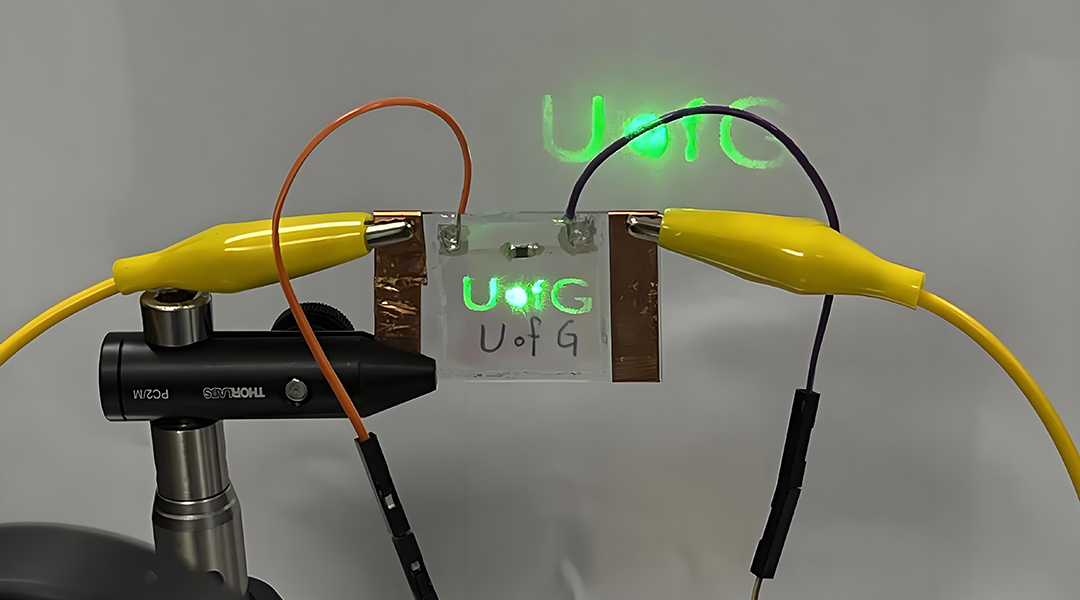
Liquid crystals bring a smoother switch between augmented and virtual reality
Temperature-sensitive materials seamlessly switch between VR and AR in headsets, paving the way for better extended reality experiences.
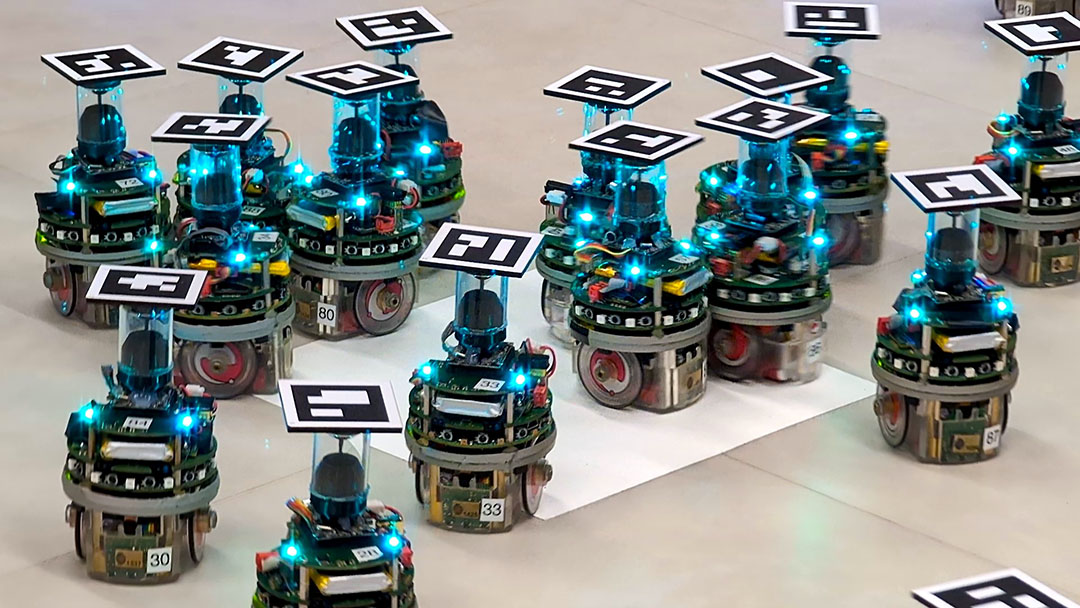
Autonomous robot swarms come together to perform a variety of missions
Researchers have developed an optimization program to design the behavior of small e-puck robots to allow them to work in unison.
Cracking quantum hacking with flawed crystals
Scientists are using crystal imperfections to generate secure encryption, paving the way for quantum-resilient data protection.
Metasurfaces could shrink spectrometers, transforming how we observe the Universe
Metasurfaces to detect terahertz radiation are making spectrometers smaller, lighter, and more efficient for space travel.
Liquid crystals bring a smoother switch between augmented and virtual reality
Temperature-sensitive materials seamlessly switch between VR and AR in headsets, paving the way for better extended reality experiences.
Autonomous robot swarms come together to perform a variety of missions
Researchers have developed an optimization program to design the behavior of small e-puck robots to allow them to work in unison.

Improving satellite tracking will reveal hidden sources of global carbon emissions
Greenhouse gas emissions are warming up the planet and scientists are turning their eyes to the sky to better track them down.
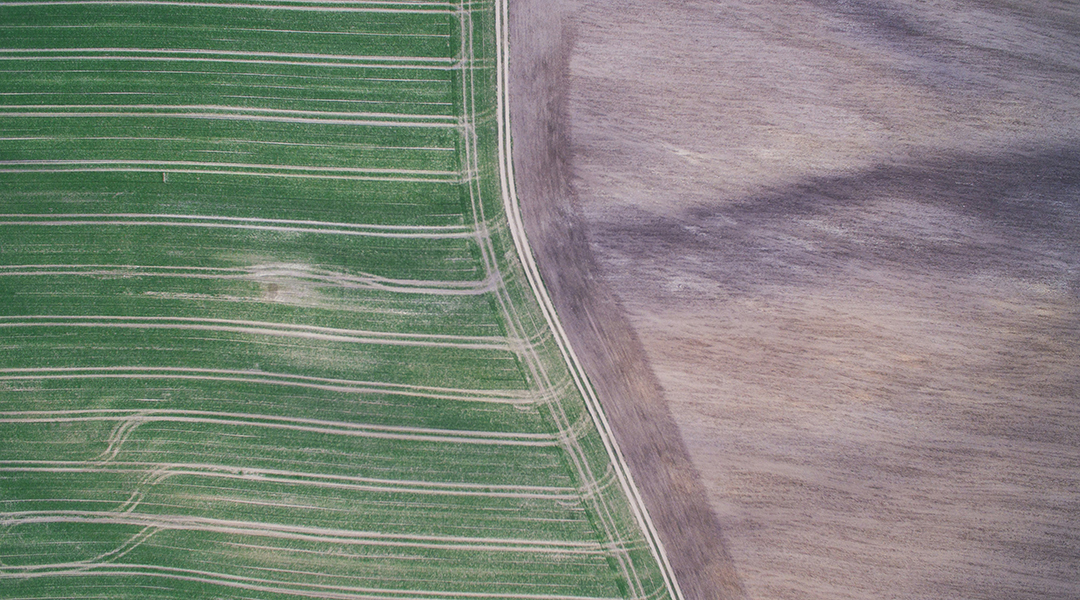
Modern crop seeds are not ready for climate change
Traditional means farmers used to use for seed selection and preservation may help us cultivate more resilient food in a changing climate.

Nanoparticles disrupt placenta, potentially affecting fetal development
Nanoparticles disrupted the placenta’s secretion of biomolecules essential for blood vessel growth, hormone production, and immune function.

The rate of human-driven global warming is at a record high
Global warming caused by human action has continued to increase, even though climate action has slowed the rise in greenhouse gas emissions.
Improving satellite tracking will reveal hidden sources of global carbon emissions
Greenhouse gas emissions are warming up the planet and scientists are turning their eyes to the sky to better track them down.
Modern crop seeds are not ready for climate change
Traditional means farmers used to use for seed selection and preservation may help us cultivate more resilient food in a changing climate.
Nanoparticles disrupt placenta, potentially affecting fetal development
Nanoparticles disrupted the placenta’s secretion of biomolecules essential for blood vessel growth, hormone production, and immune function.
The rate of human-driven global warming is at a record high
Global warming caused by human action has continued to increase, even though climate action has slowed the rise in greenhouse gas emissions.

Anonymous name change policies for a more inclusive publishing world
Following the tireless efforts of researchers and scholars, name change policies are becoming more prominent among scientific publishers, sparking hope for meaningful change.

Bin Liu: “Turn whatever you are dreaming about into reality”
The unconventional chemist talks innovations in material science, putting science to work to help solve societal problems, and how to see the best in everything.
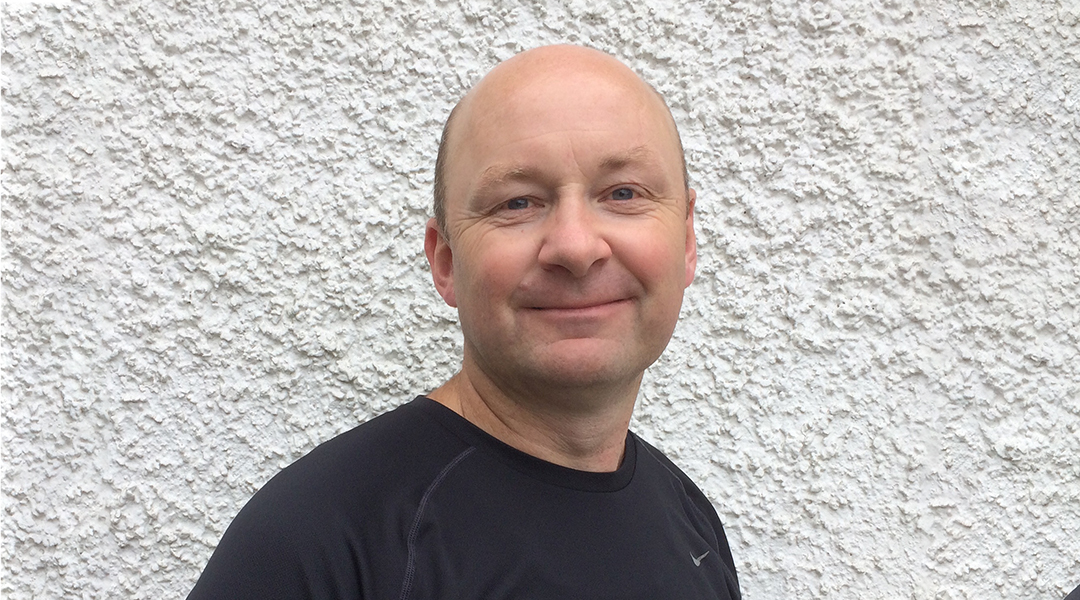
Paul Meredith: “I’ve never seen what I do as work”
The Swansea-based materials physicist talks about the role of energy materials in mitigating climate change, his love of sports, and how his passion for science helps it to blend seamlessly into his life.
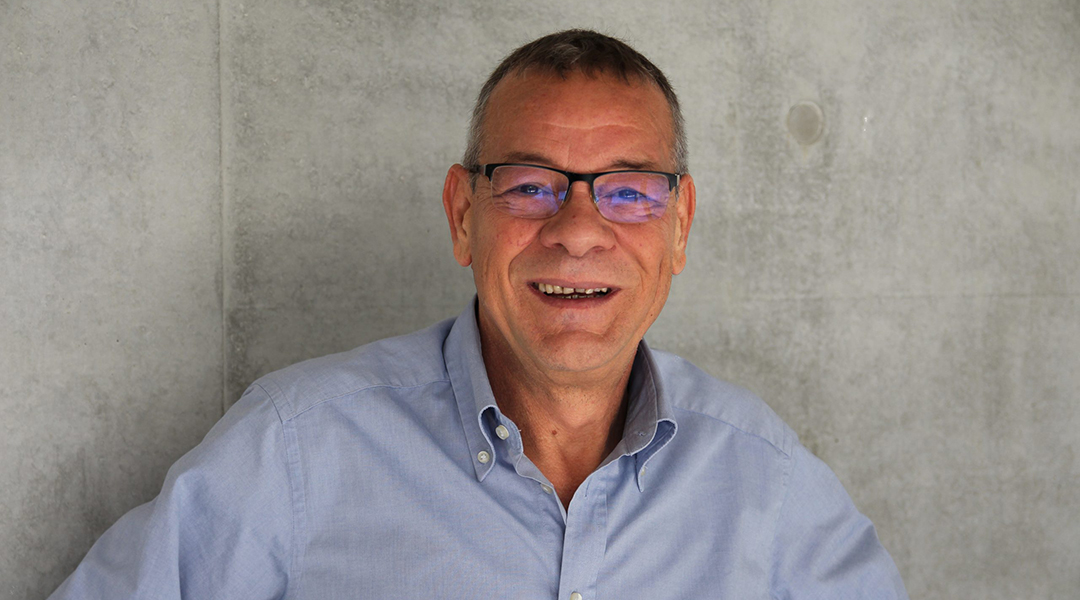
Stefano Passerini: Long-time storage of renewable energy
Celebrating “10 years of Advanced Energy Materials Research,” we chatted with Stefano Passerini, Director of the HIU about his career, concerning trends in battery science, and how Dante has influenced his development.






